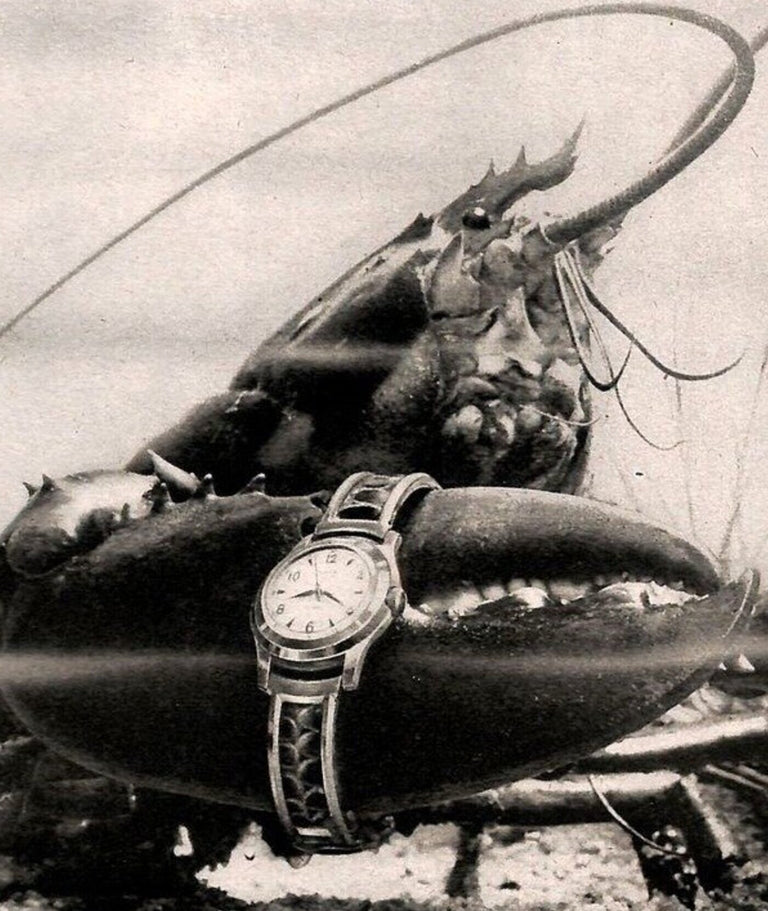As summer approaches, it's a great time to think about whether your watch is ready to take you through the season. Swimming, beach trips, water parks, lazy tubing rides down rivers—there are a lot of chances for your watch to get wet this summer.
Understanding water's impact on your watch is key to taking care of your timepiece. But exactly what makes a watch water-resistant? We dive into the details below.

Waterproof vs. Water-resistant Watches
"Waterproof" is a term that gets thrown around a lot, but the Federal Trade Commission banned its use in advertising in the watch industry in the late 1960s. This was because no watch—or most other items, for that matter—can truly claim to be unharmed by water in all cases. At some point, and at some degree of water pressure, water will leak through a watch's intricate mechanics and cause damage. However, water resistance is a very real concept. It measures how much water pressure a watch can handle before it breaks. This measurement is important to know for the proper care and keeping of your watch.
What makes a watch water-resistant?
Inside your watch is a network of complicated mechanics, each of which must work in tandem to enable accurate timekeeping. Water seeping into these mechanics will break your watch or affect timekeeping accuracy—sand, perspiration, and soap can also cause damage to your watch. To make watches water-resistant, product designers add a special type of gasket that seals the entryways to the core of the watch and helps keep water out. These gaskets work up to certain water pressure levels. You can also minimize water damage by not pulling out the watch crown or pressing buttons while underwater, offering protection from water damage and allowing the watch to be labeled as "water-resistant."
Many of Timex's watches are water-resistant. Our timepieces go through a rigorous testing protocol to assess their water resistance levels. Our watches feature various levels of water resistance, from 30 meters to 200 meters. Here are the guidelines to help you know which types of exposure your Timex ® watch can tolerate:
- 30 meters: Watch can have an occasional splash of water.
- 50 meters: Watch can have repeated exposure to moisture and can be used occasionally for swimming or similar activities.
- 100 meters: Watch can be used for swimming, snorkeling, and similar activities.
- 300 meters: Wearer can press buttons of the watch while underwater.
Check out some of our 200m water-resistant watches:
-
Timex x Finisterre 41mm Fabric Strap Watch
-
Timex UFC Shock XL Fight Week 50mm Resin Strap Watch
-
Expedition® Titanium Automatic 41mm Eco-Friendly Leather Strap Watch
Important considerations:
Remember that using watches in ways that exceed their water resistance limit can cause damage. In addition, bear in mind that water-resistant watches from Timex are not certified diver's watches. Finally, know that salt water can harm watches, so be sure to rinse your water-resistant watch with fresh water after exposure to it.
Enjoying your water-resistant watch
Now that you know the basics of water resistance in timepieces, enjoy the summer activities you love—such as boating, kayaking or fishing—with peace of mind.




